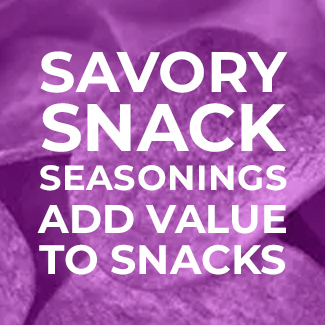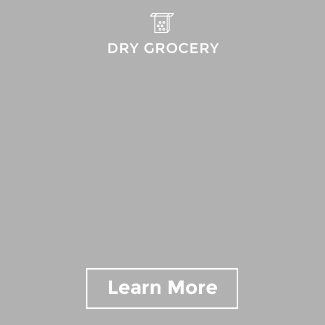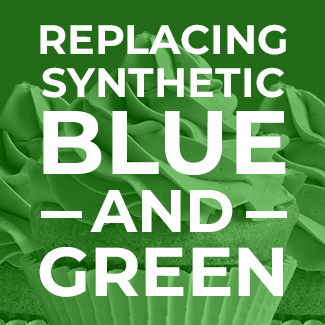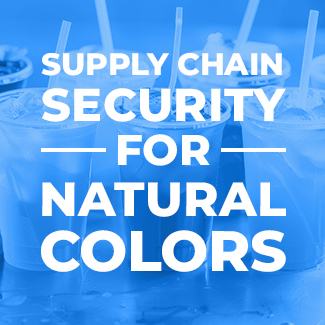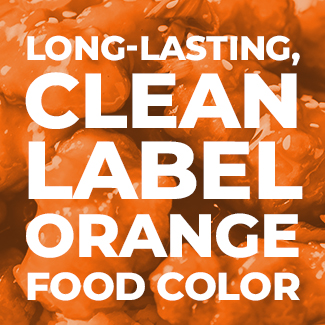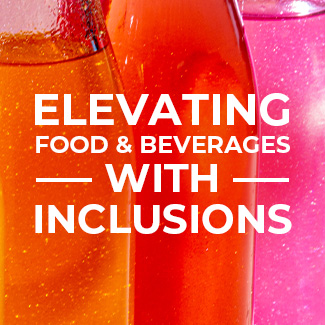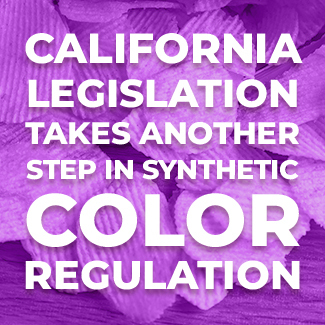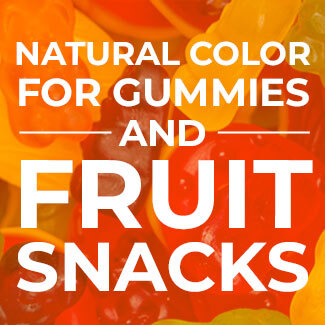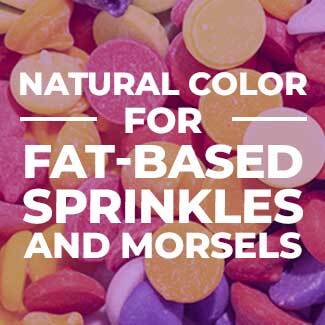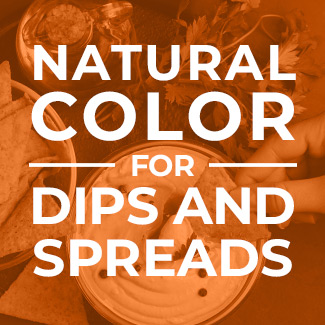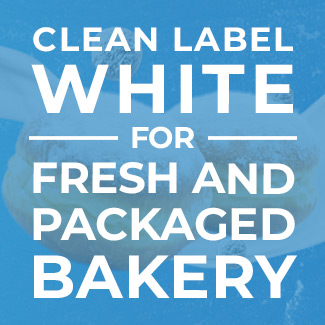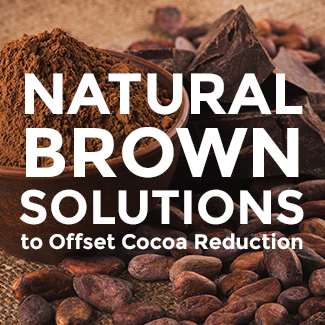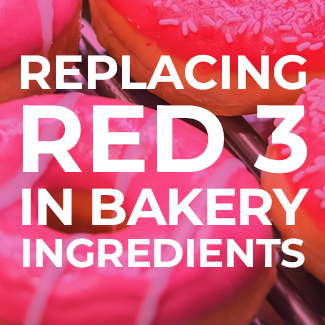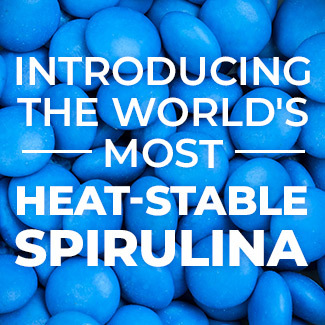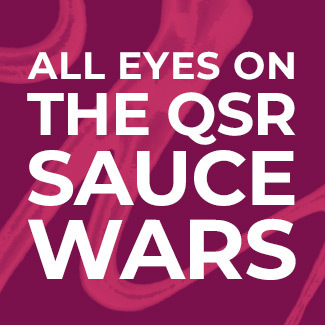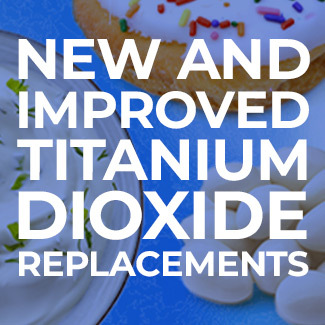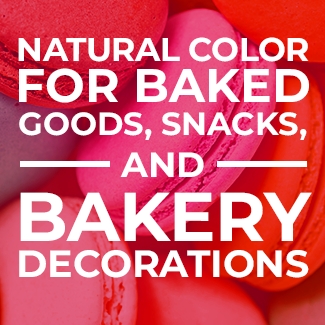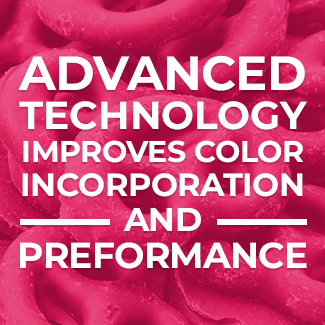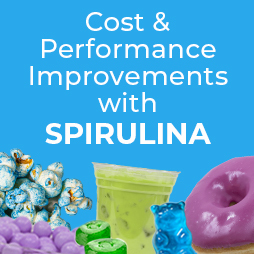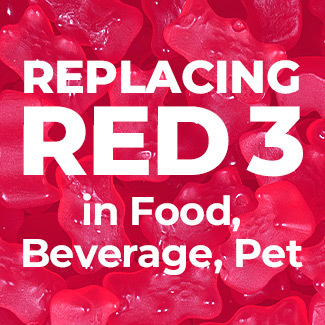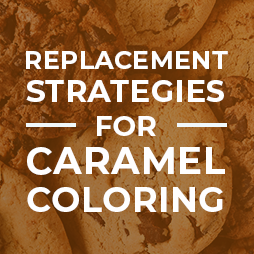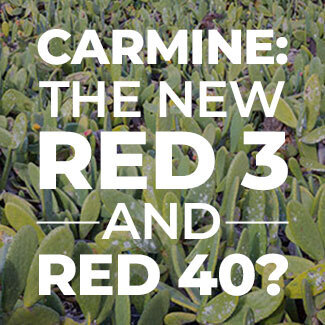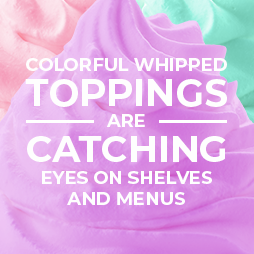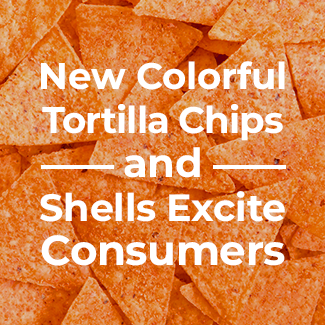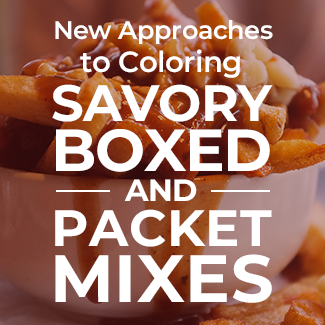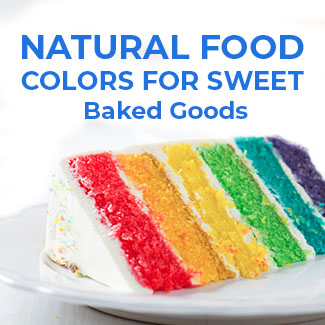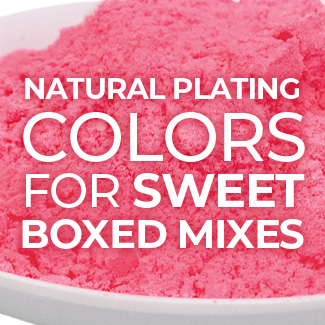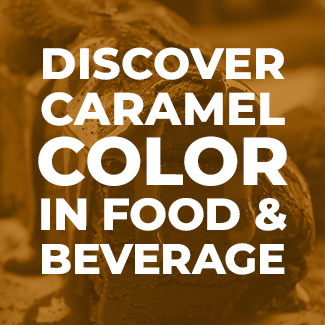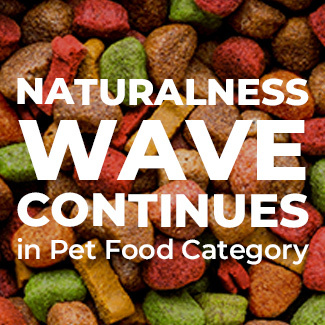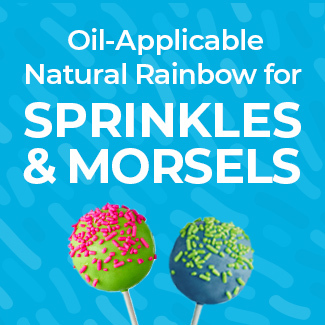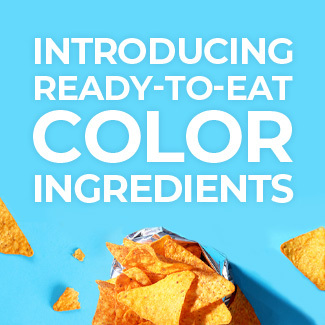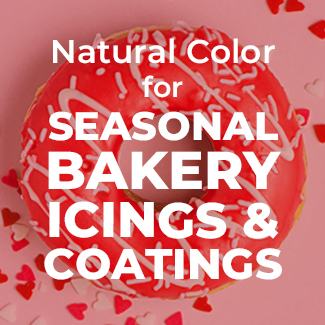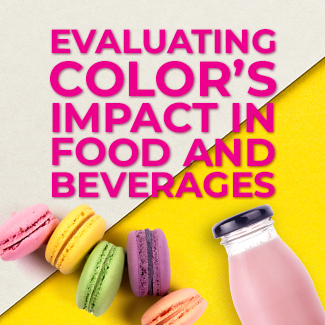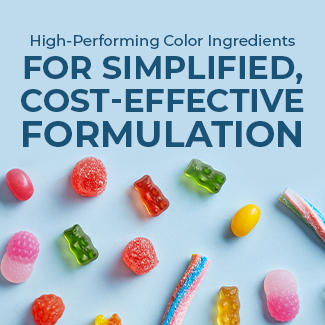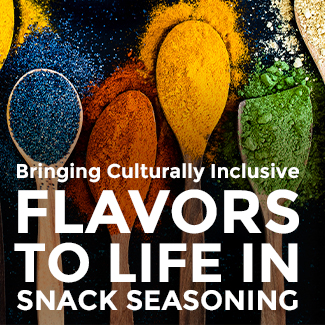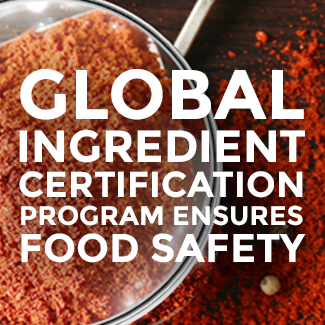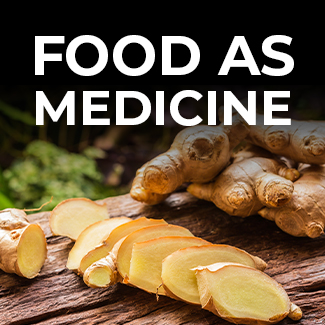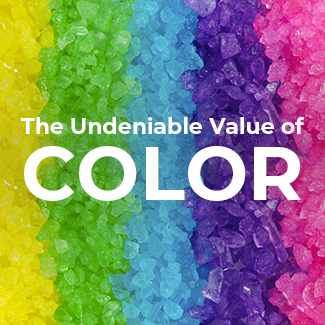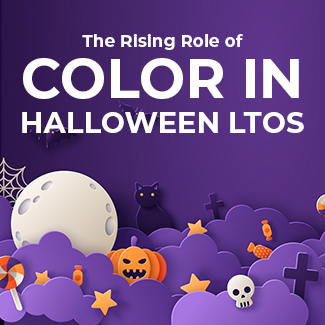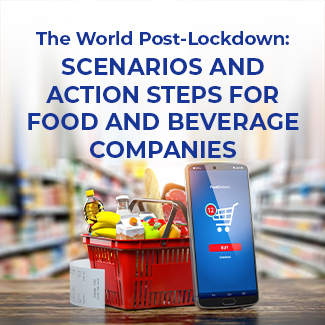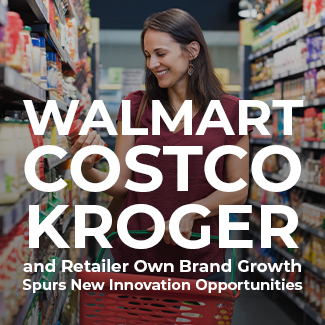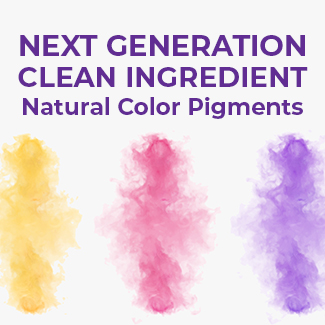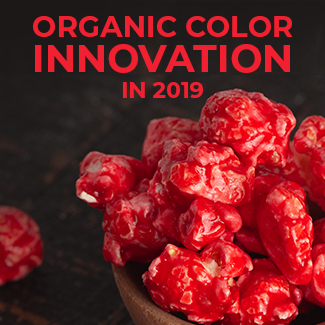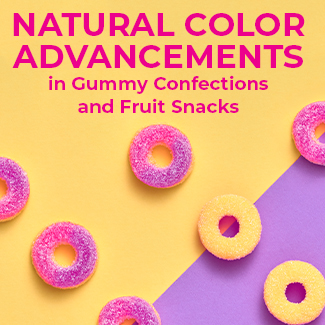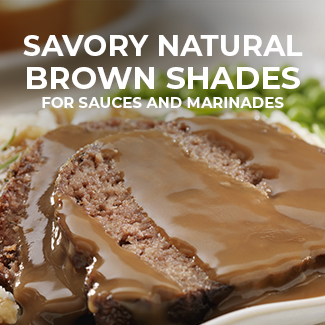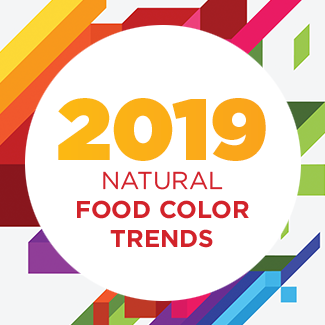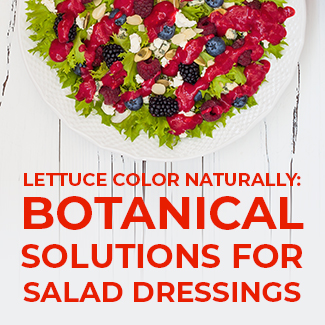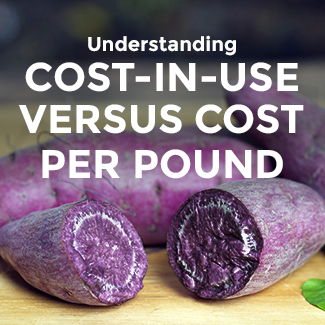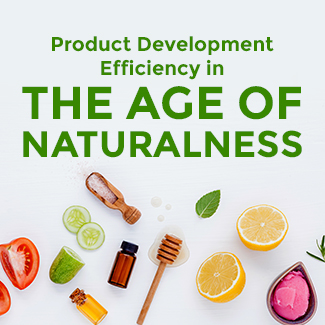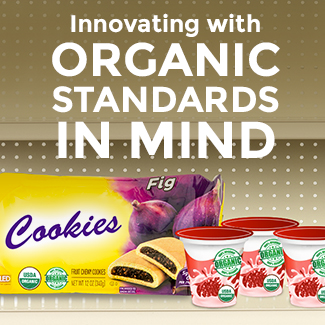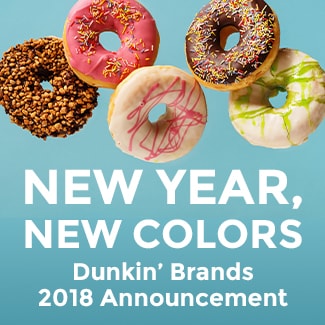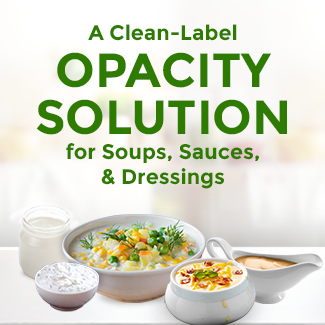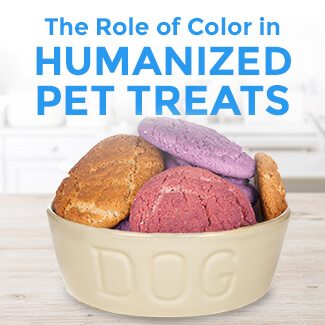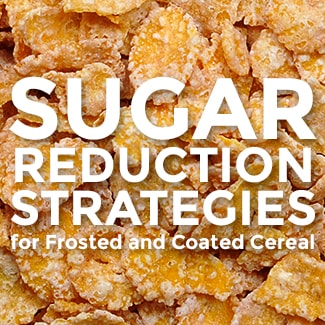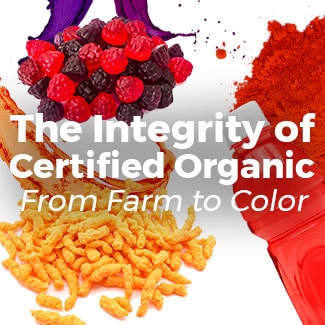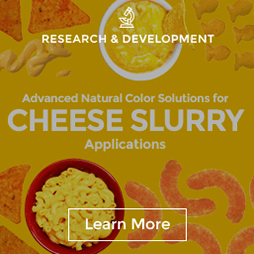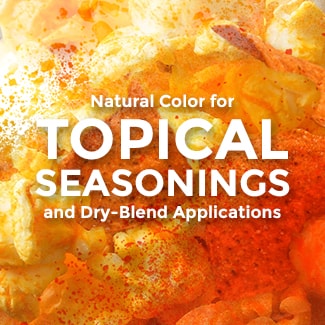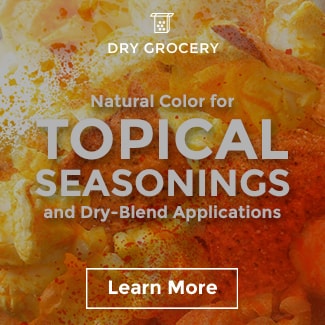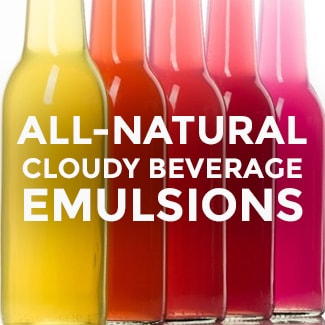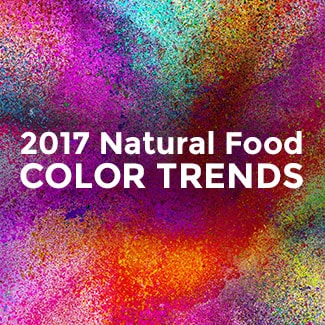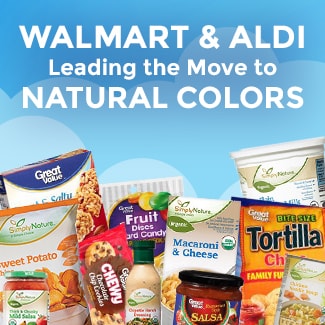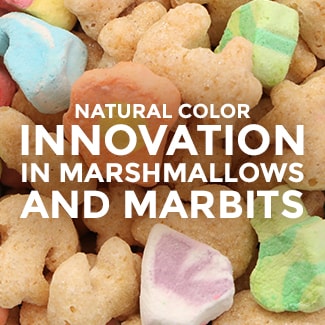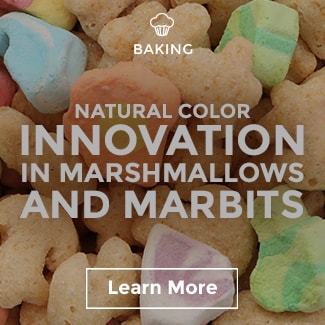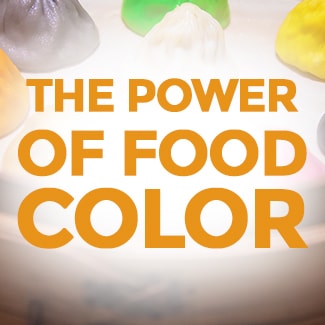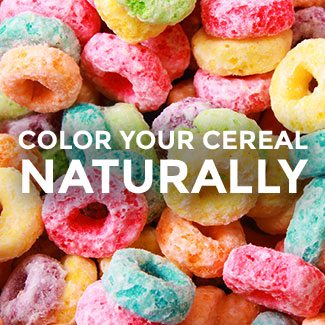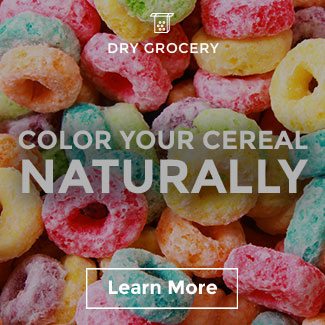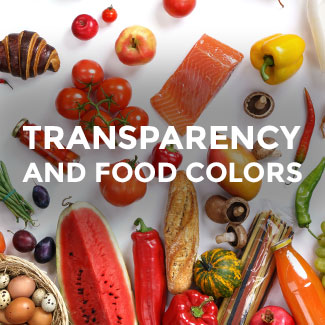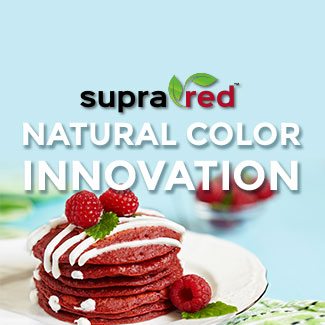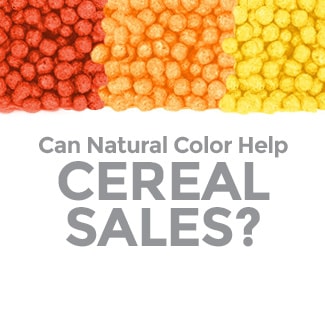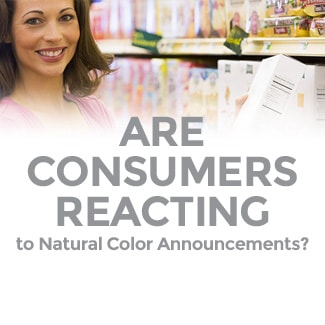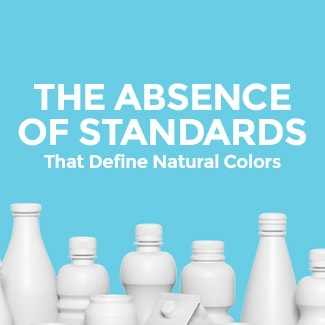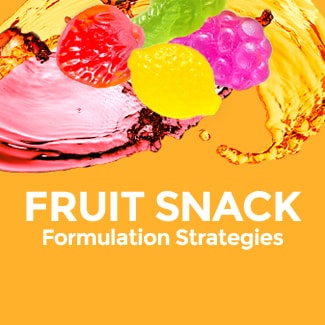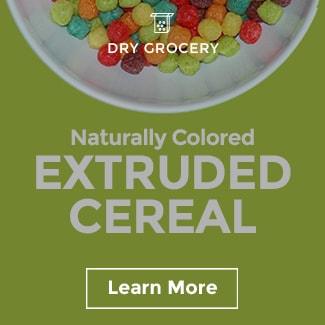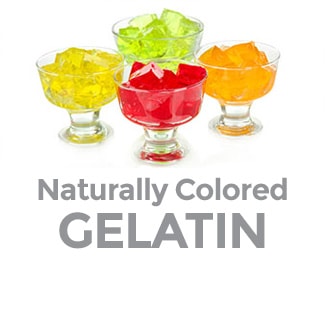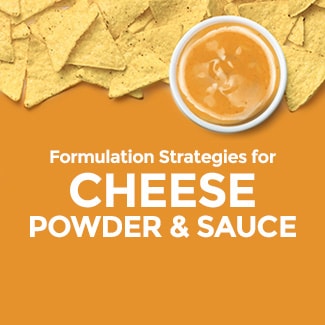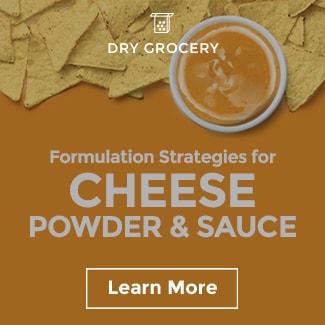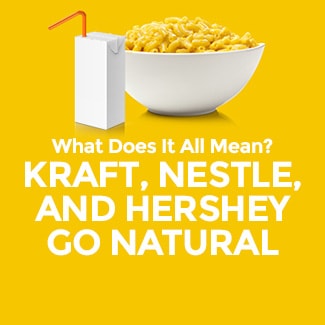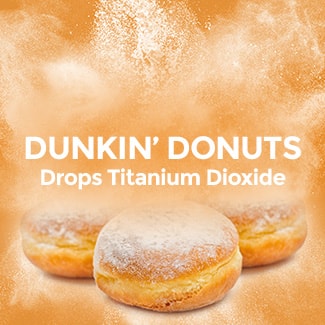Hostess Has Some Big News
Positive Sales for Packaged Baked Goods
According to data from IRI, dollar sales for non-refrigerated bakery snacks for the 52 weeks ending December 25th is up 3.7% in dollar sales and 7% in unit sales year over year. Much of the growth is due to the continued comeback for Hostess’ portfolio of brands, which includes Twinkies, HoHos, and Ding Dongs. The other factor at play is growing consumer snacking.
While “wholesome” snacks made without artificial ingredients make up the fastest growing area, desire for taste and convenience means strong growth for indulgent snacks. Brands that can combine indulgence, convenience, simple ingredients and wholesomeness in snack products are hitting on all key consumer trends.

Indulging with Healthier Ingredients
According to Nielsen, as many as two-thirds of global consumers (68%) said they were willing to pay more for foods without undesirable ingredients. Some indulgent snack brands, like Hostess, are hoping to capitalize on these changing consumer attitudes and committing to simplify their nutrition labels in the coming years.

![]() At the recent ICR conference in Orlando, Florida, Hostess Brand’s CEO Bill Toler presented the company’s strategy, innovation pipeline, and commitment to more natural ingredients. Speaking to a group of analysts and institutional investors, Toler stated “the reality is we are trying to clean up our labels where it makes sense. Taking out partially hydrogenated oils, taking out trans-fats. Trying to simplify our labels and our descriptions. We are looking at artificial flavors and artificial colors.” According to Toler, Hostess is taking a two-pronged approach to “Better-For-You” (BFY) by first removing artificial colors and other negative ingredients.
At the recent ICR conference in Orlando, Florida, Hostess Brand’s CEO Bill Toler presented the company’s strategy, innovation pipeline, and commitment to more natural ingredients. Speaking to a group of analysts and institutional investors, Toler stated “the reality is we are trying to clean up our labels where it makes sense. Taking out partially hydrogenated oils, taking out trans-fats. Trying to simplify our labels and our descriptions. We are looking at artificial flavors and artificial colors.” According to Toler, Hostess is taking a two-pronged approach to “Better-For-You” (BFY) by first removing artificial colors and other negative ingredients.
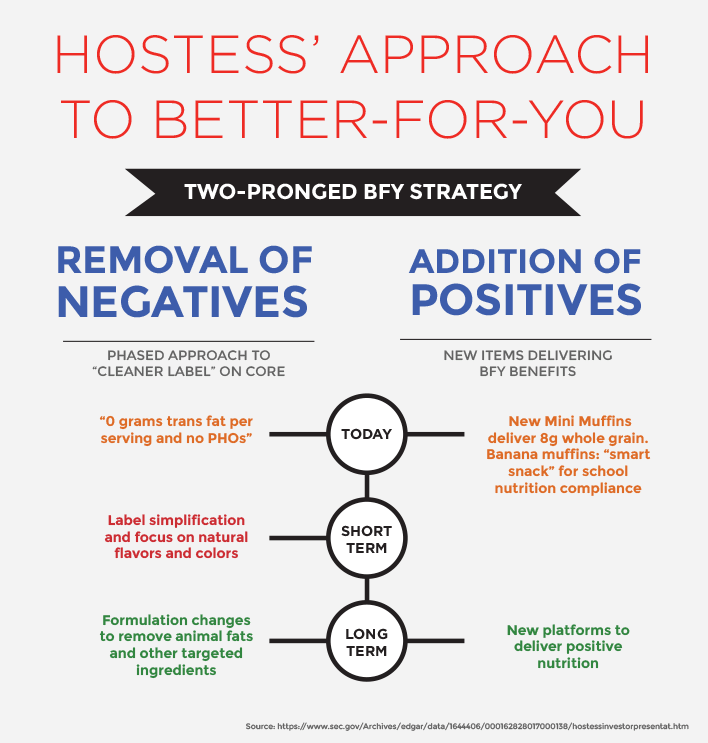
The Hostess Comeback
Hostess’ current market share is not quite at the level of pre-bankruptcy Hostess, but it is quickly gaining momentum. They expect continued revenue growth well above the SPG category average, which is not surprising given the increased level of consumer insight driving new product innovation. Addressing the ingredient concerns of many consumers will further help their comeback and differentiate them from competitors. Right now, Hostess looks like one of the nimblest and most forward-thinking sweet goods companies.
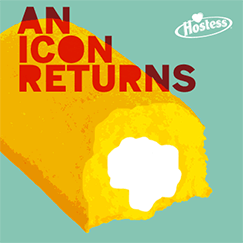
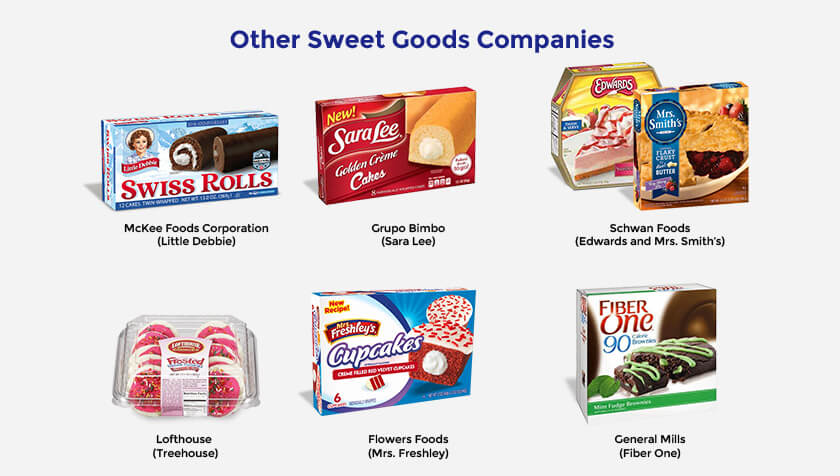 While Hostess is taking some bold steps, the company stressed its brands are not straying from their core positioning. As Toler noted, “we are an indulgent snack. We want to be transparent and honest about that…people still choose products like ours when they want to indulge.”
While Hostess is taking some bold steps, the company stressed its brands are not straying from their core positioning. As Toler noted, “we are an indulgent snack. We want to be transparent and honest about that…people still choose products like ours when they want to indulge.”
Data from some of our research indicates that removing negatively perceived ingredients without compromise on taste is the only path to success. Consumers today are more demanding than ever. In fact, our 2016 survey of US consumers demonstrated 69% of consumers think natural color is at least somewhat important when it comes to sweet goods. When looking specifically at Millennial Moms, that statistic rises to 77%. These figures are almost identical to attitudes about cereal.
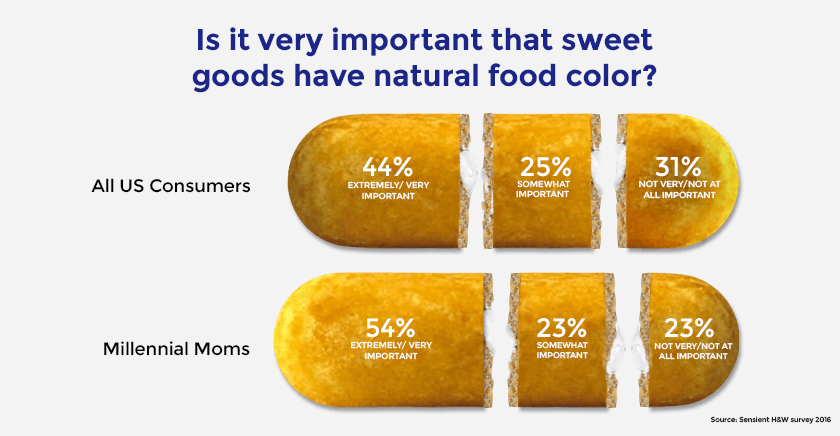 The good news is vegetable and fruit-based color options have never been more abundant. Clean purification technologies that remove naturally inherent flavor and odor notes like Sensient’s Pure-S™ or baking heat-stable innovations like SupraRed™ are good examples of new options for brands looking to convert to natural color without any compromise.
The good news is vegetable and fruit-based color options have never been more abundant. Clean purification technologies that remove naturally inherent flavor and odor notes like Sensient’s Pure-S™ or baking heat-stable innovations like SupraRed™ are good examples of new options for brands looking to convert to natural color without any compromise.
It will be most interesting to see if other key players in this category follow suit. While consumer preference is continually evolving, things are challenging but also exciting in the food industry. However, a hallmark of the food business has always been the ability to innovate and change.





